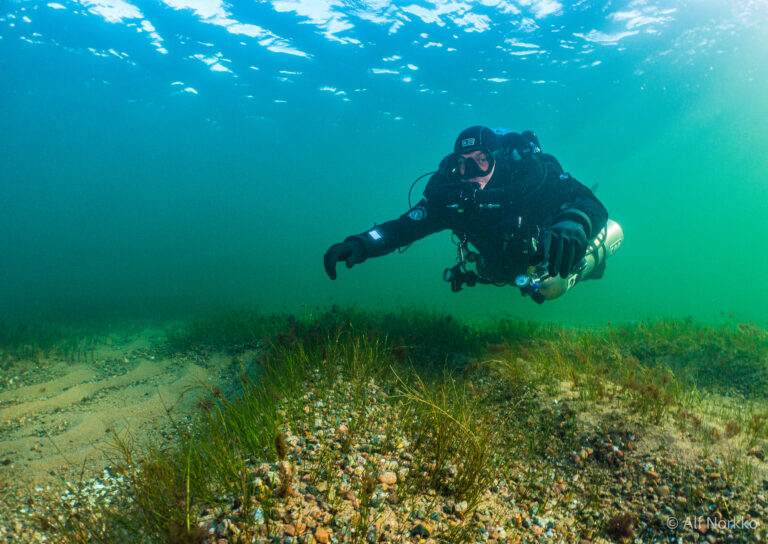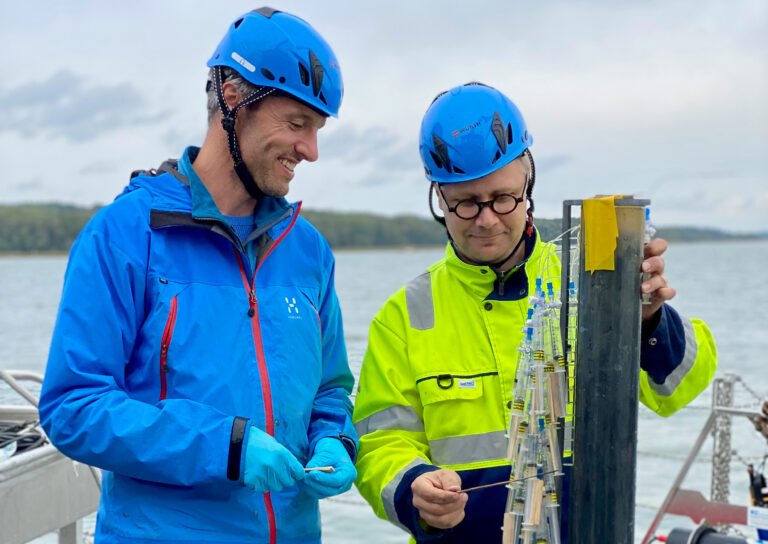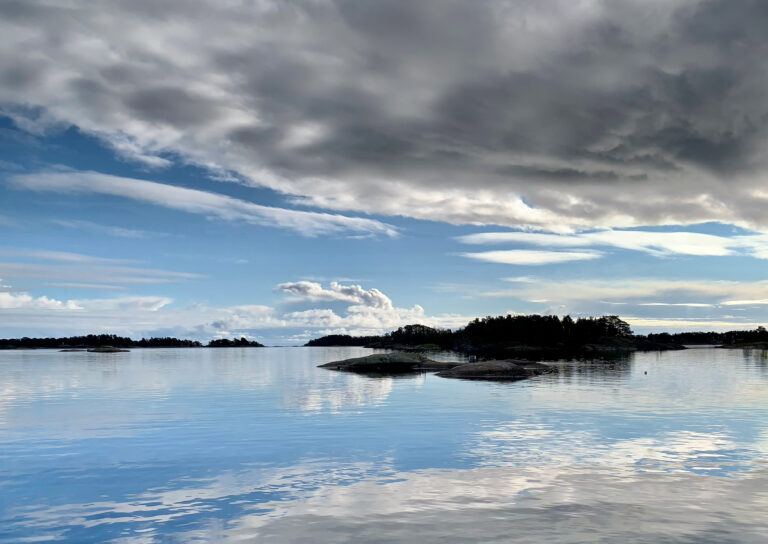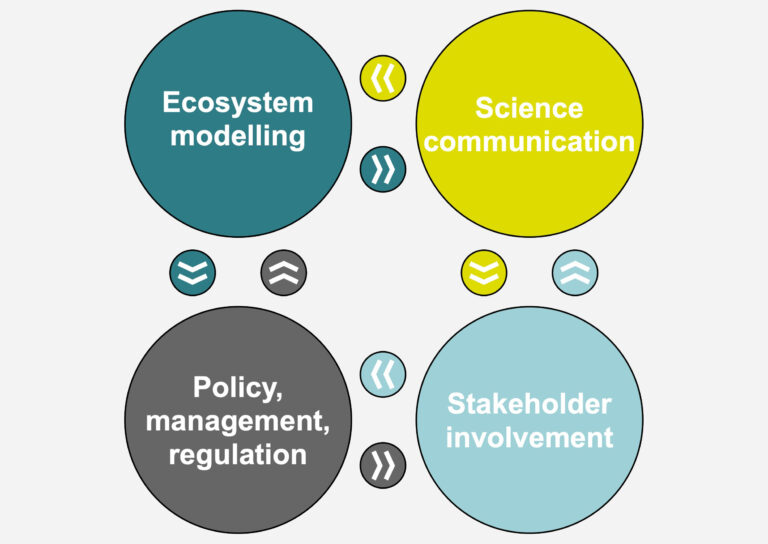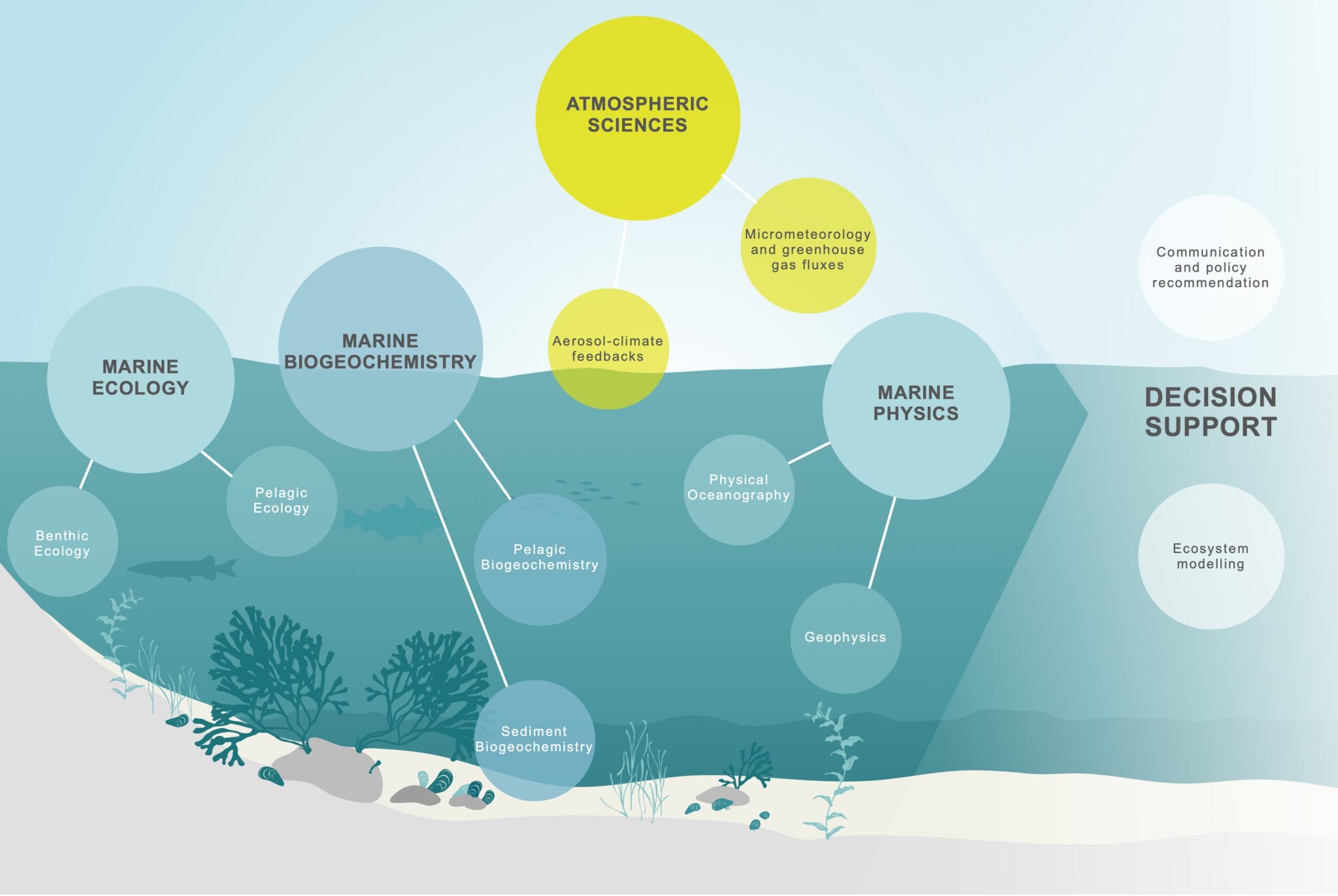Marine Ecology
Our marine ecologists quantify biodiversity descriptors of benthic and pelagic compartments of the coastal zone and link them to carbon cycling processes across spatial and temporal scales.
We investigate how benthic biodiversity descriptors (e.g., species and functional trait diversity, abundance, biomass, dominance of plants and fauna) in coastal soft and hard bottom communities relate to carbon cycling in time (e.g., seasonal succession) and space (e.g., organic matter enriched vs. non-enriched sediments). Some of our approaches include seasonal field surveys and habitat mapping using SCUBA, aquatic eddy covariance (AEC) and in situ incubation chambers to measure ecosystem metabolism, rapid organic matter degradation assays, and complementary laboratory experiments. Meet the team >>
We focus on pelagic biodiversity patterns within and between trophic levels and their implications for carbon cycling across multiple temporal scales. We study species coexistence and predator-prey dynamics in plankton communities using diversity of approaches, which include offshore monitoring of plankton succession, outdoor and indoor mesocosm experiments, laboratory experiments with microalgae, analyses of time series, and structural equation models. Meet the team >>
Marine Biogeochemistry
Our experts in marine biogeochemistry explore the coupled dynamics of carbon, nitrogen, and other elements in the coastal zone and their interactions across the sediment-water-atmosphere interfaces.
We aim to determine the principal microbial processes active in sediment cycling of carbon, nutrients (N, P) and related elements such as sulfur and iron. These processes control both the long-term storage of carbon through burial, and its transformation to dissolved forms such as CO₂ and CH₄ which can influence greenhouse gas fluxes to the atmosphere. We are also interested to determine the variable sources of carbon to coastal sediments, the impact of human activities on their relative importance over space and time, and their composition and reactivity in sediments. We do this for example through analysis of biomarker compounds by gas chromatography-mass spectrometry. Meet the team >>
We quantify how benthic and pelagic systems regulate water column biogeochemical processes, and, thereby, contribute to carbon & nitrogen capture, recycling, and atmospheric feedbacks across space and time. We use fast-response automated gas equilibrator and cavity ring-down spectroscopy systems to quantify the distribution of dissolved gases (e.g., CO₂, CH₄, and N₂O) and their respective stable isotopes in the coastal zone, and link the data to local biodiversity characteristics and physicochemical properties of seawater (e.g., temperature, salinity, nutrients, carbonate chemistry, depth, currents, waves, turbulence, turbidity). Meet the team >>

